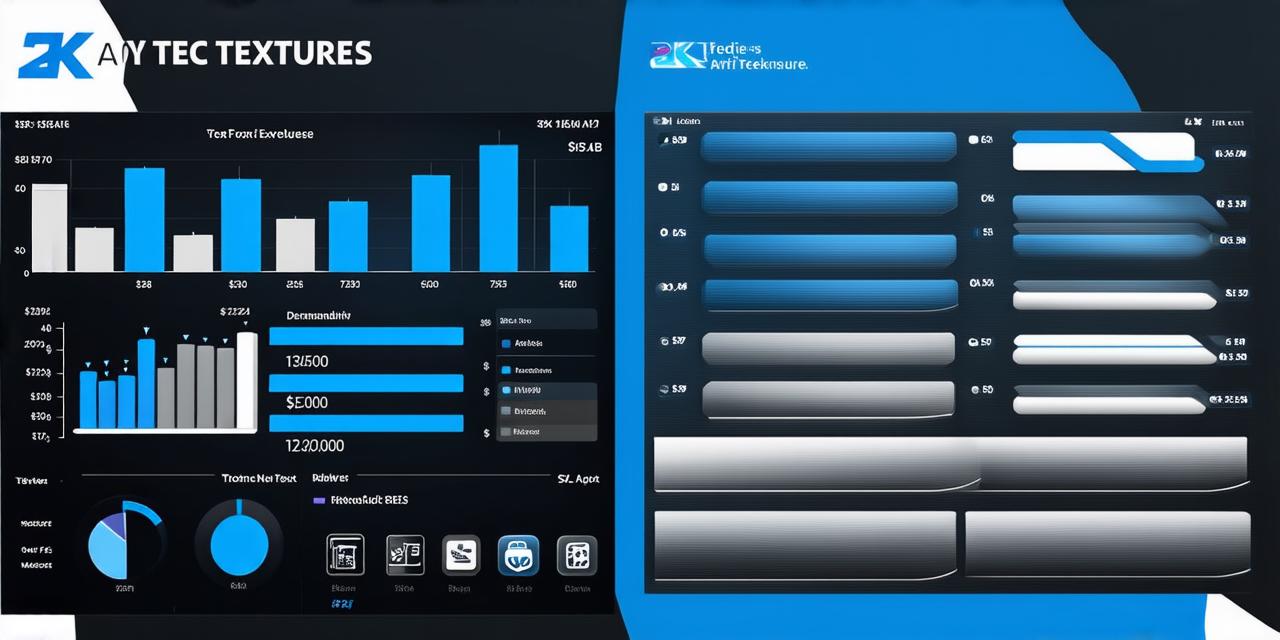As a mobile app developer, you have likely considered creating an app that will revolutionize the way people interact with technology. But before you dive in and start coding, you need to understand the costs involved in bringing your app idea to life. The cost of developing a mobile app can vary widely depending on a variety of factors, such as the complexity of the app, the platform it will be developed for, the team of developers working on it, and more. In this guide, we’ll explore the various factors that impact the cost of creating a mobile app and provide you with a comprehensive understanding of what to expect when you embark on your development journey.
The Costs of Developing a Mobile App: An Overview
One of the most significant factors that impact the cost of developing a mobile app is the team of developers working on it. A skilled team of developers with experience in your chosen field can be expensive, but they will ensure that your app is high-quality and meets your specifications. When hiring a development team, you should consider their expertise, location, and availability.
1. App Development Team
The complexity of the app you’re developing also impacts its cost. A simple app with basic features can be developed more quickly and at a lower cost than a complex app with advanced functionality. When determining the complexity of your app, consider the number of screens, user flow, and any unique features or technologies required to develop it.
2. Platform Development Costs
The platform on which you’re developing your app can also impact its cost. Developing an app for multiple platforms (iOS and Android, for example) can be more expensive than developing an app for a single platform. When choosing a platform for your app, consider the target audience and their preferences.
3. App Marketing Costs
Once your app is developed, you need to get it in front of your target audience. Marketing costs vary depending on the channels used and the effectiveness of the marketing campaign. Consider using social media, paid advertising, PR, or influencer marketing to promote your app.
4. App Maintenance Costs
Finally, once your app is launched, you need to maintain it to ensure it continues to function properly and provide a positive user experience. This includes bug fixes, updates, and ongoing support. When calculating the cost of app maintenance, consider how frequently updates will be required and the complexity of maintaining the app’s codebase.
5. Case Studies: Real-Life Examples of App Development Costs
1. Uber

Uber is a prime example of the high cost of developing a complex mobile app. The company spent millions of dollars developing their app, which required advanced technologies such as GPS tracking and real-time payment processing. Additionally, Uber’s app was designed for multiple platforms, which increased development costs further.
2. Duolingo
Duolingo is an excellent example of a simple mobile app with low development costs. The app allows users to learn a new language by completing short lessons, making it relatively easy to develop and maintain. Additionally, Duolingo’s success has allowed the company to invest in marketing efforts, which have driven user acquisition and retention.
Personal Experiences: Insights from Mobile App Developers
“The biggest cost for us was hiring a skilled team of developers who could deliver the high-quality app we wanted. We had to invest heavily in salaries and benefits to attract and retain top talent.” – John, CEO of XYZ Apps.



